
Diseases and pests of Ceanothus
Detecting and treating them naturally
Contents
Ceanothus or California Lilacs are magnificent bushes featuring a wonderful flowering in blue spikes (more rarely white or pink) in spring or summer. Whether they are deciduous or evergreen varieties, these are plants often found in gardens, particularly in mild climates for the evergreens. Low-maintenance and not very susceptible to diseases and pests, Ceanothes or California Lilacs do have a few natural enemies that you may encounter. Here, we list the diseases and pests of Ceanothes, the symptoms to help identify them, and we offer natural methods to remedy the situation.
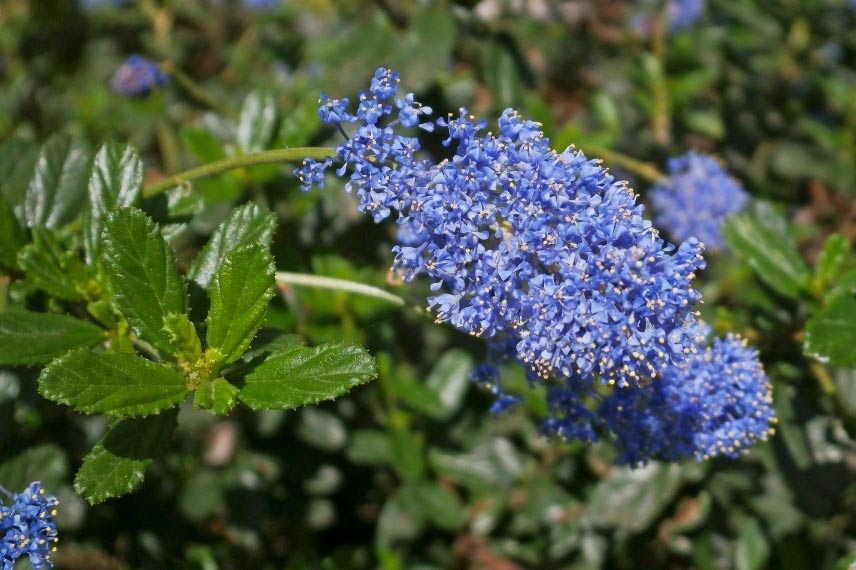
Some diseases and pests can infest the Céanothe
Collar rot caused by Phytophthora
Symptoms and cause
The name “phytophthora” is formed from the evocative combination of the two Greek terms phyton: “plant” and phtora: “destruction.” Ceanothus are particularly sensitive to these root pathogens that thrive in warm (between 15 and 35°C) and humid conditions. Spores are released in humid conditions, moving through the soil or on its surface, contaminating plants by penetrating their roots, which then undergo necrosis and die.
One can observe blackening and rotting of the collar of the Ceanothus, yellowing of its leaves, branches progressively drying from the tip towards the centre, and its roots blackening (rotten). Affected Ceanothus eventually die. The phenomenon spreads from one plant to another, contaminating them one by one.
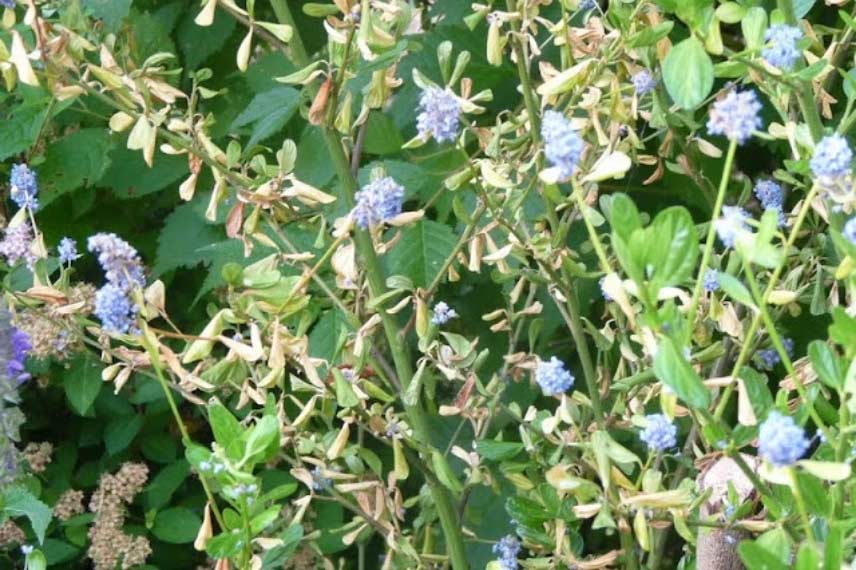
Ceanothus affected by phytophthora
Treatment
- At planting, first ensure proper drainage of your soil: add small gravel, clay balls, or coarse river sand at the bottom of the planting hole. Ceanothus is a sun-loving plant that prefers dry soil: do not plant it in shade or humid conditions. Water only during the summer for the first two years after planting, ensuring the soil dries out between waterings.
- Space the different Ceanothus plants sufficiently to avoid contact between them and potential chain transmission: always favour diversification in your crops, whatever they may be.
- Avoid damaging the collar of your bushes during maintenance (digging, clearing, mowing…)
- On contaminated plants, quickly remove affected leaves and spray the aerial parts with horsetail decoction (2.25g/l) during warm and humid periods every 5 to 14 days.
- Uproot and dispose of affected plants at a waste facility (burning green waste is prohibited). Transport them in sealed bags. Change the soil deeply and avoid replanting the same species.
- Be sure to disinfect your pruning tools and monitor the plant species in your garden that may have been contaminated.
→ To learn more about treating phytophthora, consult our dedicated sheet: “phytophthora: identifying, preventing, controling”
Shell scale insects
Often found in gardens, scale insects attack a wide variety of plants. These pests are part of the piercing-sucking insects, just like aphids. They rarely kill the Ceanothus they feed on, but can significantly weaken them and also compromise their flowering. They infest stems and leaves, with a preference for tender young shoots.
Through their actions, scale insects can also transmit viruses by producing honeydew, a sticky and sweet substance. This honeydew leads to the appearance of sooty mould, a black fungus, on the leaves and branches of Ceanothus.
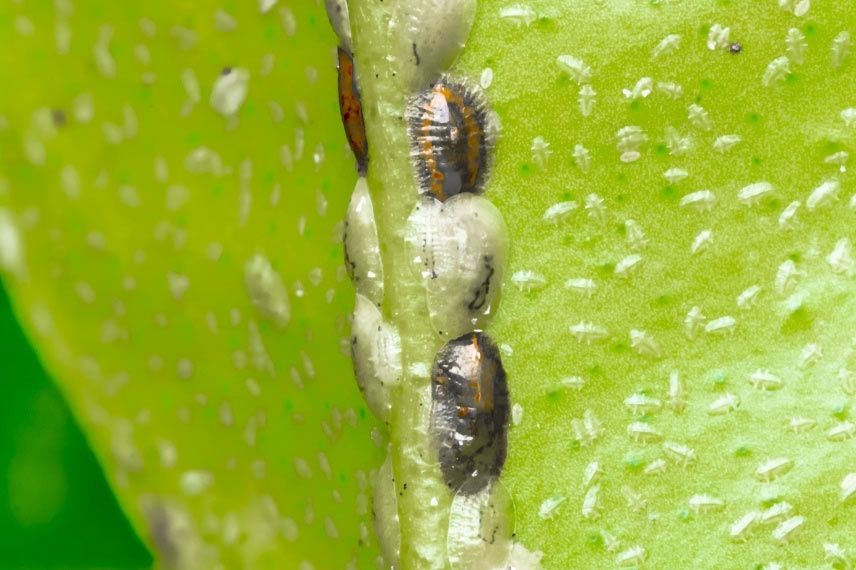
Scale insects on a citrus leaf
Treatment
- Encouraging biodiversity in the garden helps to prevent the appearance of scale insects. Natural enemies of these pests, such as ladybird larvae, will help regulate them. They can also be purchased for biological control.
- On infested Ceanothus, one can use a treatment based on paraffin oil or remove the larvae using black soap.
- Insecticides should be avoided: in trying to destroy the scale insects on your Ceanothus, you will also eliminate beneficial insects that are crucial for maintaining a biological balance.
→ To learn more about treating scale insects, check out our dedicated sheet: “Scale Insect: Identification and Treatment. Our tips for natural and effective control”
Discover other Ceanothus
View all →Available in 1 sizes
Available in 0 sizes
Available in 1 sizes
Available in 3 sizes
Available in 3 sizes
Available in 0 sizes
Available in 1 sizes
Available in 1 sizes
Available in 2 sizes
Available in 1 sizes
defoliating caterpillars
Symptoms and cause
Belonging to different families (noctuids, loopers, tortrix moths), defoliating caterpillars are larvae of moths that massively attack the young leaves and shoots of plants in spring. With a voracious appetite, they can devour the foliage of Ceanothus as well as many other plants.
 Defoliating caterpillars can cause rapid damage to Ceanothus
Defoliating caterpillars can cause rapid damage to Ceanothus
Treatment
- Regularly examine the leaves, especially in spring, to spot the attack early on. Remove the caterpillars and clear them from your Ceanothus.
- Install pheromone traps at the appropriate time according to the species of moths to be captured.
- Spray a decoction of garlic pods as a repellent: boil 4 litres of water in a saucepan; Add 200 g of garlic; let it steep for 30 minutes; allow to cool and spray on the infested plants.
Chlorosis
Symptoms and cause
Most Ceanothus prefer slightly acidic or neutral soil. If your soil or watering water is too calcareous, they will show signs of chlorosis. During this phenomenon, photosynthesis cannot occur properly. The leaves gradually discolour, revealing greener veins.
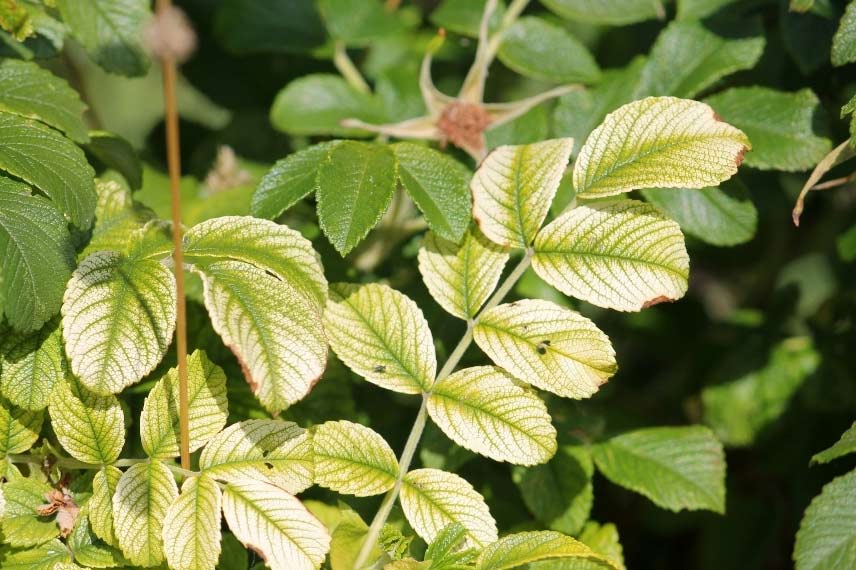 Ceanothus is sensitive to lime, which causes iron chlorosis, discolouring its leaves as seen here on Rosa rugosa.
Ceanothus is sensitive to lime, which causes iron chlorosis, discolouring its leaves as seen here on Rosa rugosa.
Treatment
The remedy is to treat your Ceanothus with nettle manure, which will have an anti-chlorosis effect. There are also many anti-chlorosis treatments that will help it regain its colour and vitality!
However, as it grows, the Ceanothus will always plunge its roots deeper into potentially too calcareous soil for it. The ideal is to avoid fighting against nature (it will ultimately always prevail) and to adapt your plantings to your type of soil: choose the most lime-resistant Ceanothus if your soil is too alkaline. For this, feel free to use our web application Plantfit, which will suggest the best-suited plants for your garden.
→ To learn more about treating chlorosis, check our dedicated sheet: “Iron Chlorosis: Prevention and Treatment”
- Subscribe!
- Contents
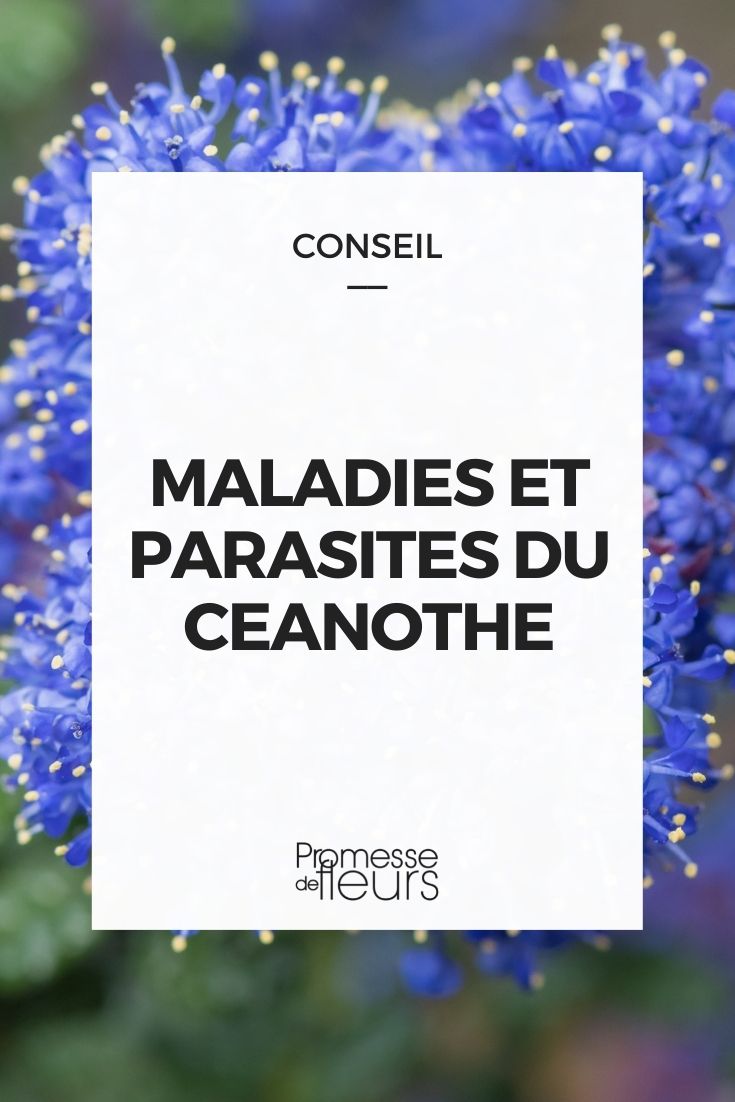


































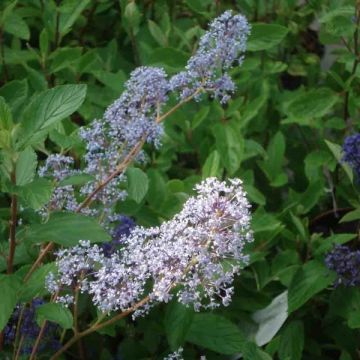

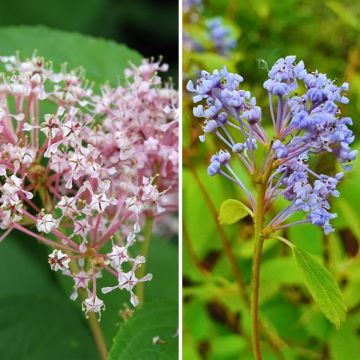
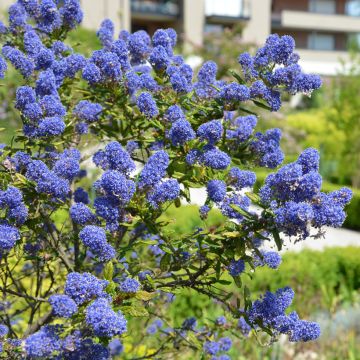
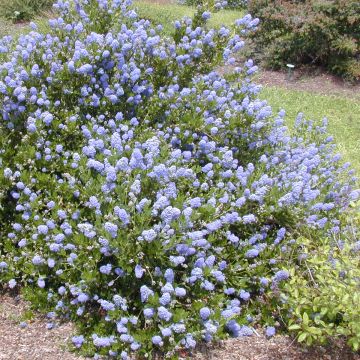
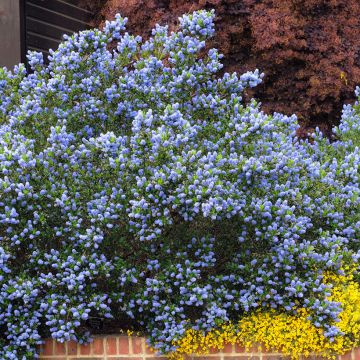

Comments